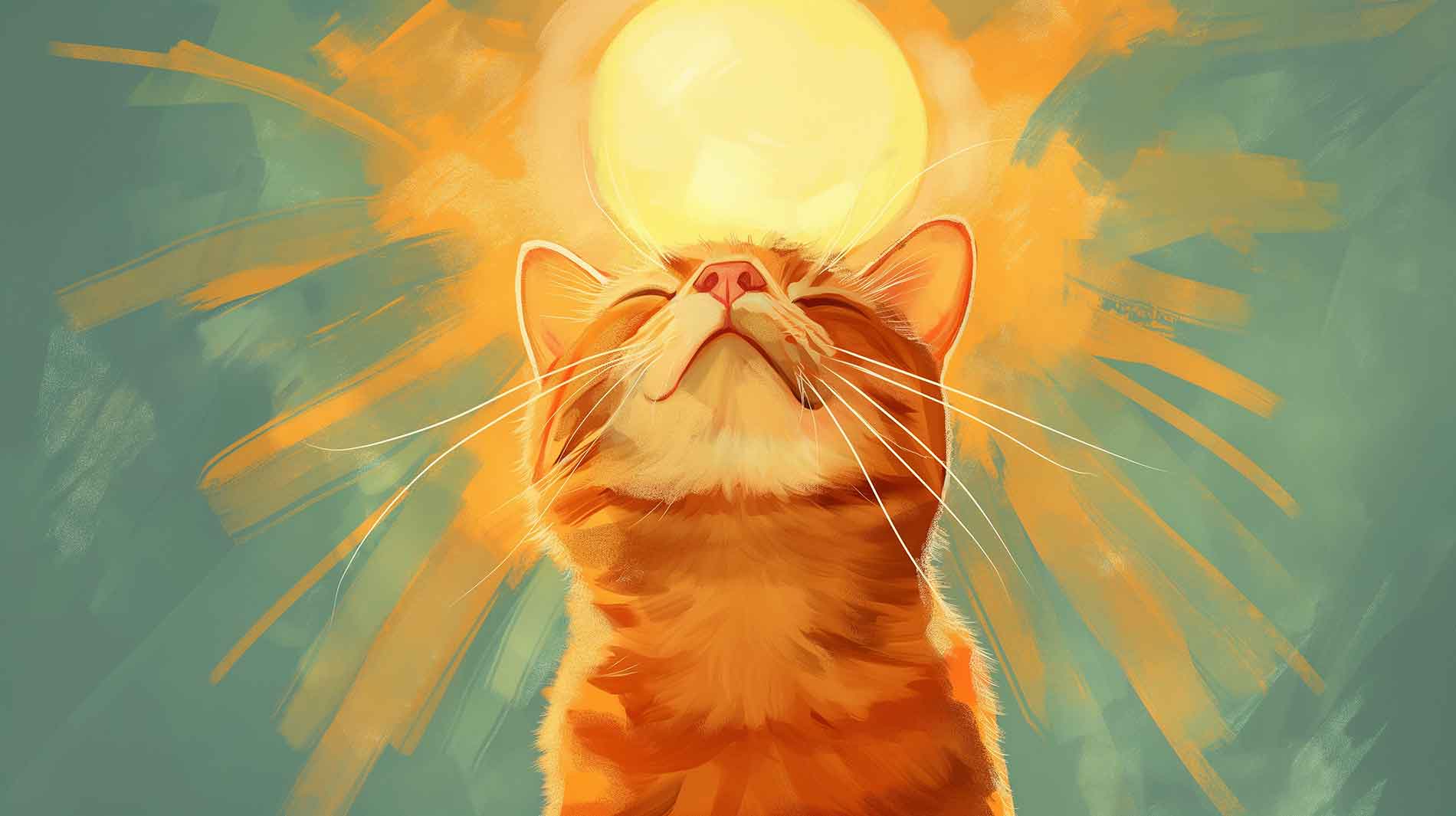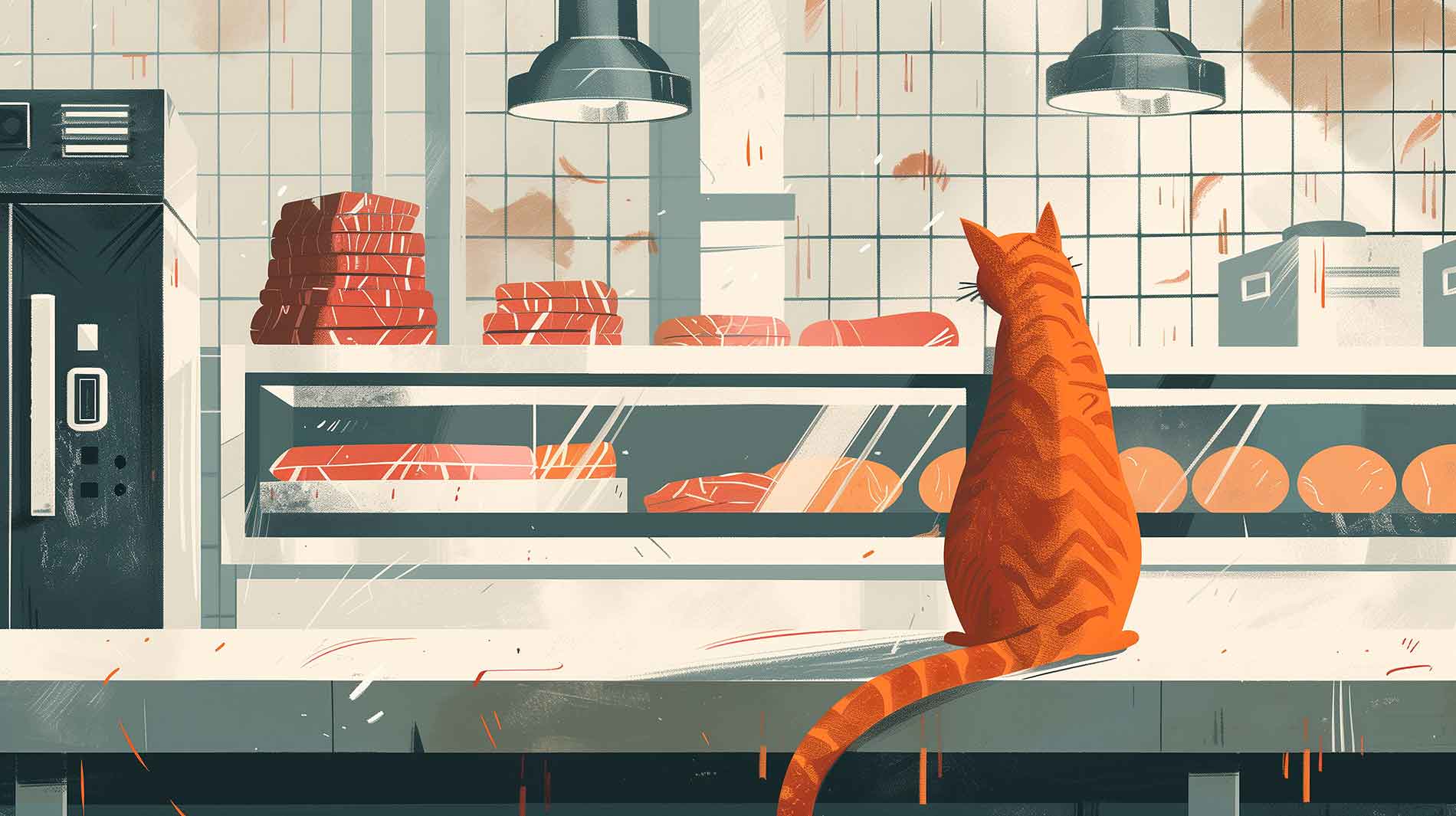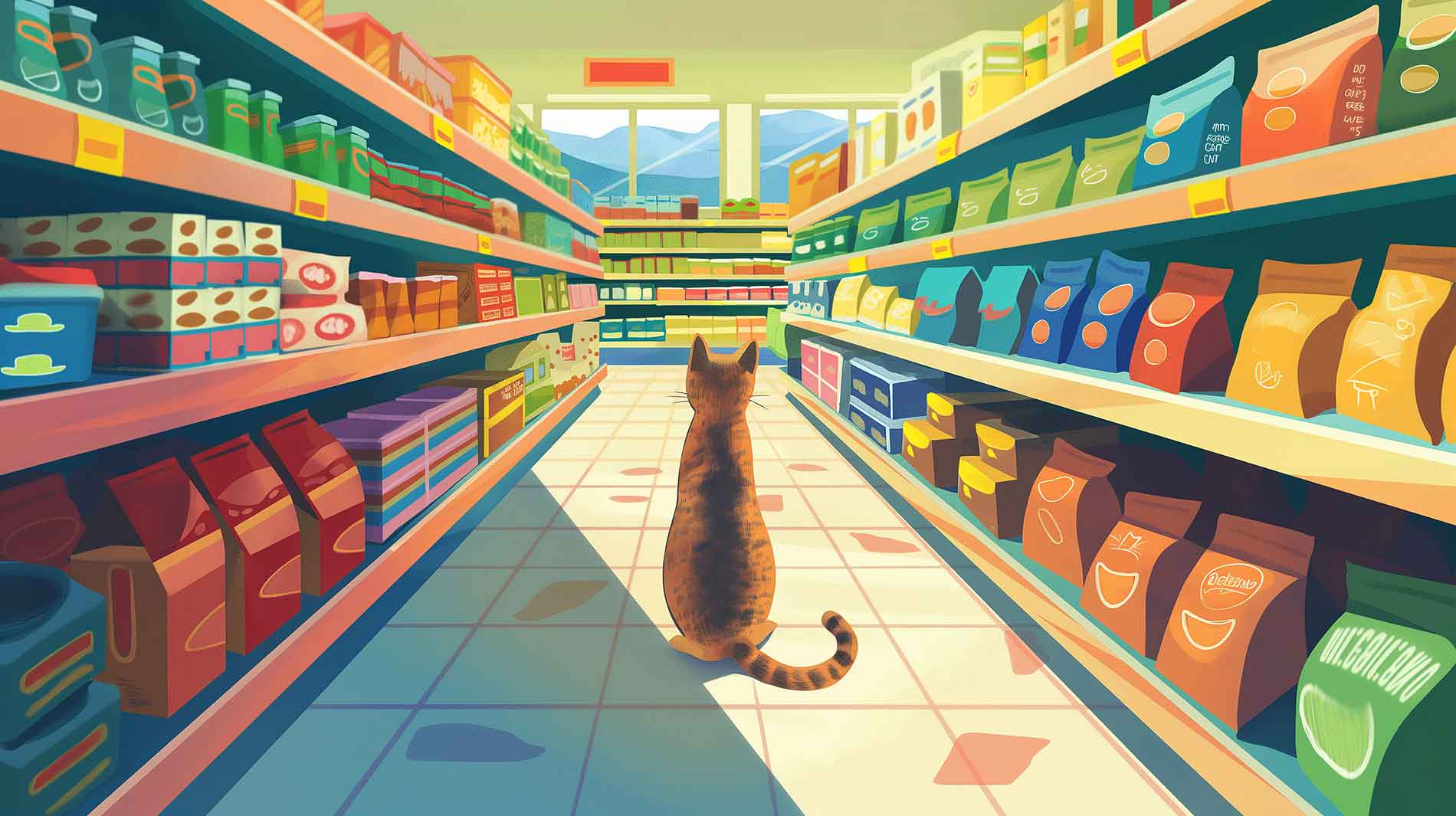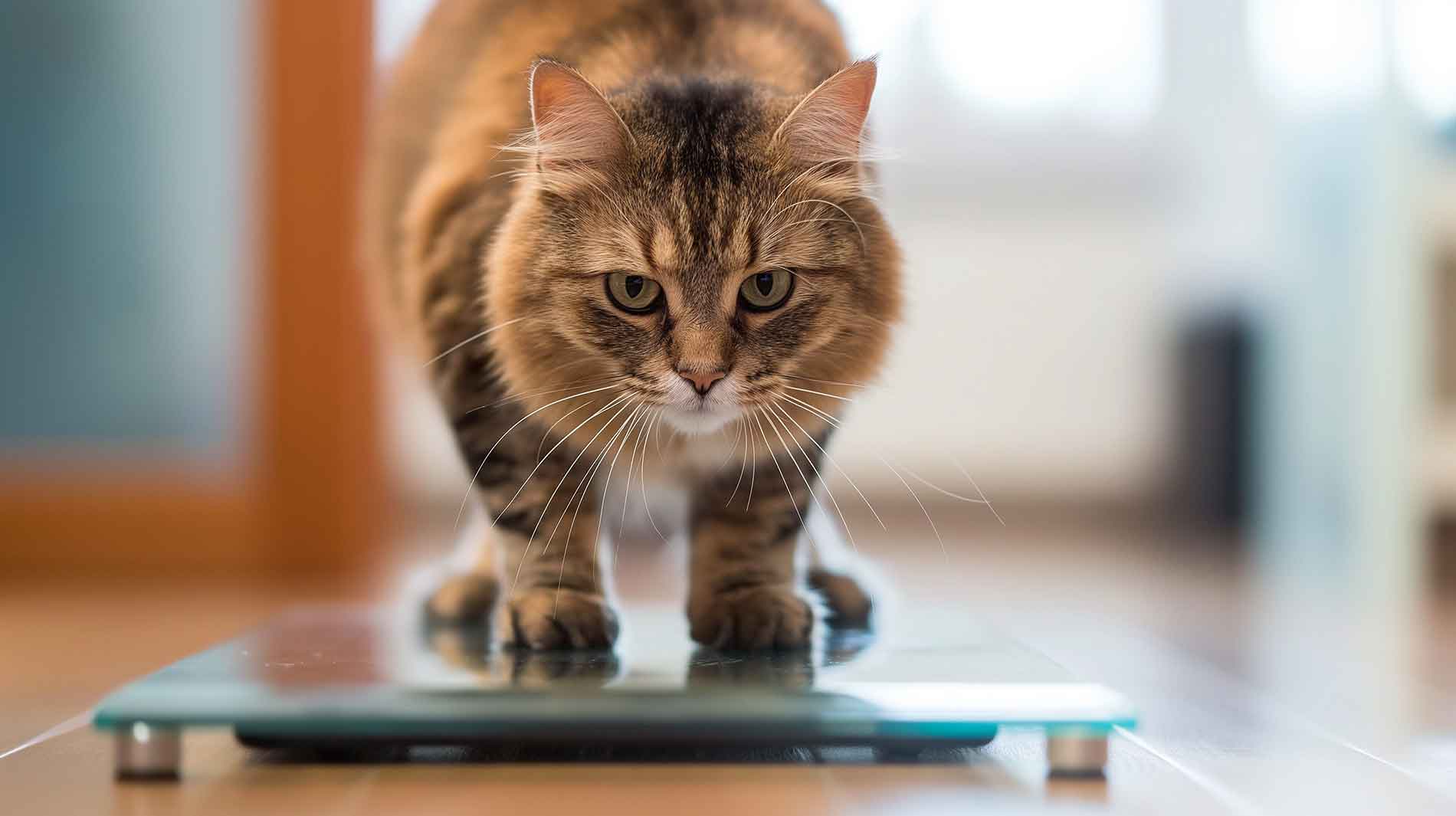Want to know how much energy your cat food has? In the following, we will guide you through how to calculate energy in cat food. An essential component for the optimal feeding of your four-legged friend.
Most pet owners like to use the so-called “Atwater” formula because it’s more compact. The formula we use is more accurate and used by the National Research Council (NRC, USA).1 The Metabolizable Energy (ME) formula is an equation derived from a series of experimental data. The formula predicts the available energy from levels of fat, crude fiber, protein, and moisture in the diet. Let’s go over the terms you’ll see in the formula.
Gross Energy (GE): This is the total amount of energy in the food. But just because it’s there doesn’t mean your cat can use it all – some of that energy just isn’t digestible.
Digestible Energy (DE): After your cat eats, the body takes what it can use and the rest is dumped as poo. DE is what’s left after the body has had its first pick and tossed the rest.
Metabolizable Energy (ME): ME is the actual energy your pet can use. You calculate it after subtracting the energy lost through urine and gases from the digestible energy (DE). It’s the energy that your cat’s body uses to power basic bodily functions, keep stable body temperature, and support activities like growth, reproduction, and play.
Calculating cat food’s Metabolizable Energy step by step
Now we’ll show you how to calculate calories of Metabolizable Energy. The formula is based on the label values of nutrients: Crude protein, crude fat, crude fiber, and crude ash in percentage (%), so assuming 100% of our food equals 100 g, we can simply compare 100g of food to another food.
Step 1: Calculation of the carbohydrate content (NFE)
First, calculate the carbohydrates (in grams per 100 grams of food) by subtracting the sum of moisture (%), crude protein (%), crude fat (%), crude ash (%), and crude fiber (%) from 100. This gives you the Nitrogen-Free Extract (NFE) in percentage (%) which is a scientific way of calling the carbohydrate content in the food.
NFE (%/100g) = 100 − (moisture + crude protein + crude fat + crude ash + crude fiber)
Step 2: Calculation of the gross energy (GE)
Calculate Gross Energy (GE) with the help of NFE:
GE (kcal/100g) = (5.7 × crude protein + 9.4) × (crude fat + 4.1) × (NFE + crude fiber)
Step 3: Calculation of the percentage energy digestibility (ED)
Calculate this coefficient first with the help of crude fiber in dry matter.
Dry matter is what is left when you dry out food completely. Imagine only the water evaporating while all the nutrients stay intact in a small, dry pile.
Dry matter (%)= 100 – moisture
Crude fiber in dry matter (%)= crude fiber / dry matter x 100
Energy digestibility coefficient (ED %) = 87.9 − (0.88 × crude fiber in dry matter)
Step 4: Calculation of the Digestible Energy (DE)
Calculate Digestible Energy (DE) by applying the energy digestibility coefficient from Step 3 to your GE from Step 2.
DE (kcal/100g) = GE × ED / 100
Step 5: Calculation of the Metabolizable Energy (ME)
Finally, get the Metabolizable Energy (ME) using the DE you calculated in Step 4:
ME (kcal/100g) = DE − (0.77× crude protein)
Why values can differ (different formulas)
Don’t fret if the calculated calories are not the same as on the label – there are different formulas for getting the calorie value of pet foods. Why, you might ask: Formulas are the results of scientific studies. Imagine scientists watching a cat eating, drinking, peeing, and pooping, measuring everything that gets in and comes out. They then create formulas to approximate the results. Scientists tailor the formula to a specific quality of content. When you highly process your meat, it has a lower quality. Imagine the following process: The factory receives the meat content in your cat food frozen. They chop it into small chunks, blend it, steam/cook it, press it into form, dry it, cut it into pieces, steam it in sauce once more. Compared to meat that has been just frozen and chopped up, this meat is likely to have fewer nutrients.
Also meat can provide a cat with more energy than for example carrots. How useful a nutrient is for your cat’s metabolism to gain energy is already included in these formulas. The more research gets done, the more formulas there will be. We are sticking to the latest research that yielded the most accurate results with a formula that is based on calculating GE instead of measuring it (because consumers are not able to measure GE and we want to provide transparency to you).2 If you rather stick to a convenient calculator, like apollofluffy’s, that’s fine too, it already includes a safety margin for your cat’s calories, so you don’t accidentally underfeed her.








